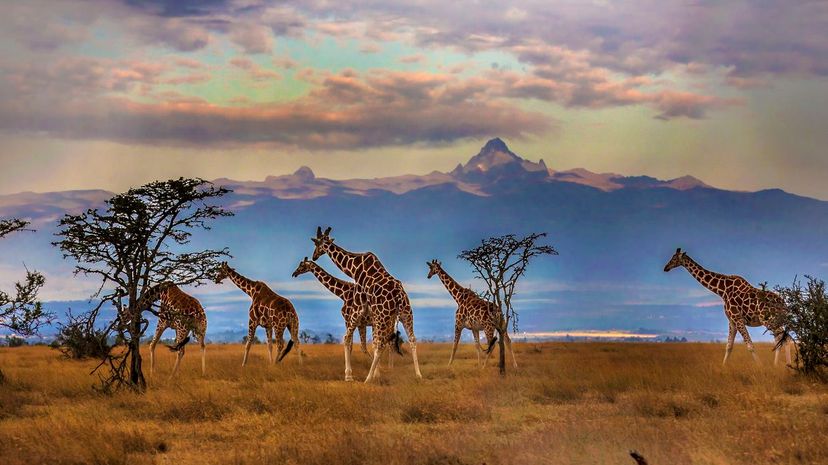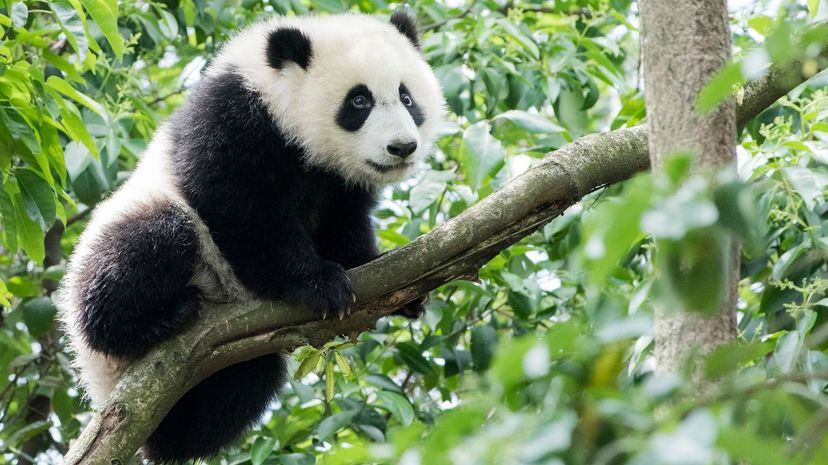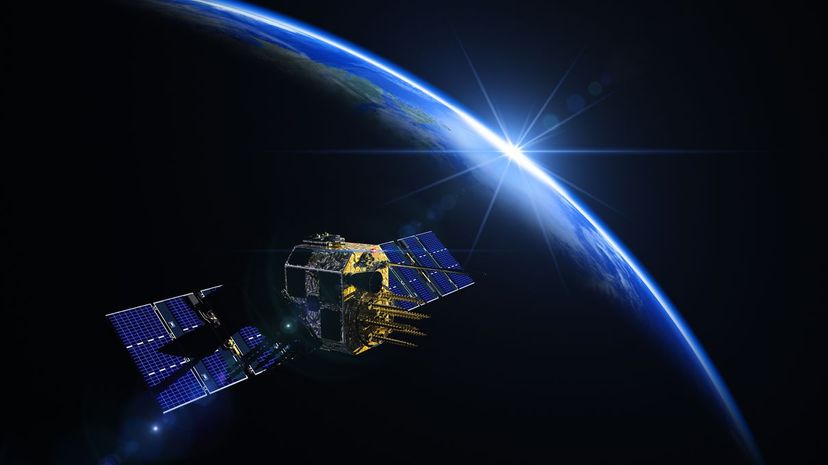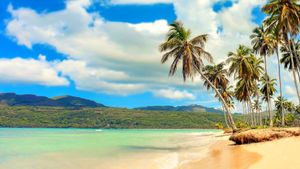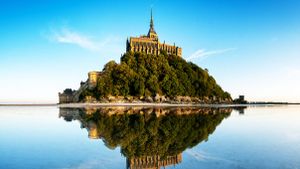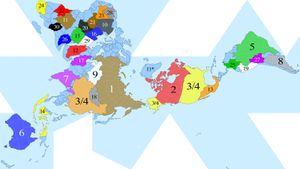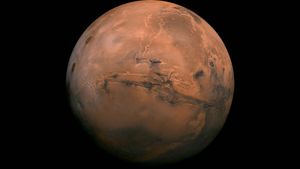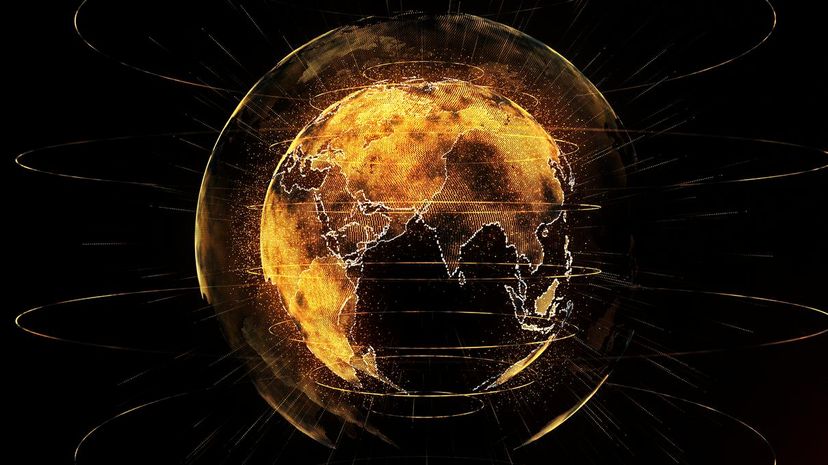
About This Quiz
The world is a vast place. The planet weighs 13.1 septillion pounds and has a circumference of nearly 25,000 miles. The distance from the North Pole to the South Pole is more than 12,000 miles, and there are infinite natural and man-made treasures in between. There are about 200 million square miles for us to explore and another 4,000 miles to the center of the Earth. With all that land to explore, it's safe to say we've only explored about a quarter of the planet.
Within the tiny amount of Earth we've explored, we've discovered decayed elements that take billions of years to decompose, meaning they (and Earth) have been here for billions of years. We've found fossils of every type of animal imaginable and new species are being discovered all the time. We know the planet has experienced climate change so severe it destroyed all life, and it has withstood meteor strikes so massive, they destroyed all life again. There was once a time when multiple species of humans roamed the globe, but we're the last one standing. The planet has a tumultuous history, but after all the death and destruction, we're left with a beautiful Earth scarred with mountains, lakes, islands and valleys. What do you know about the planet? Take this quiz and see if you can pass some basic world trivia.


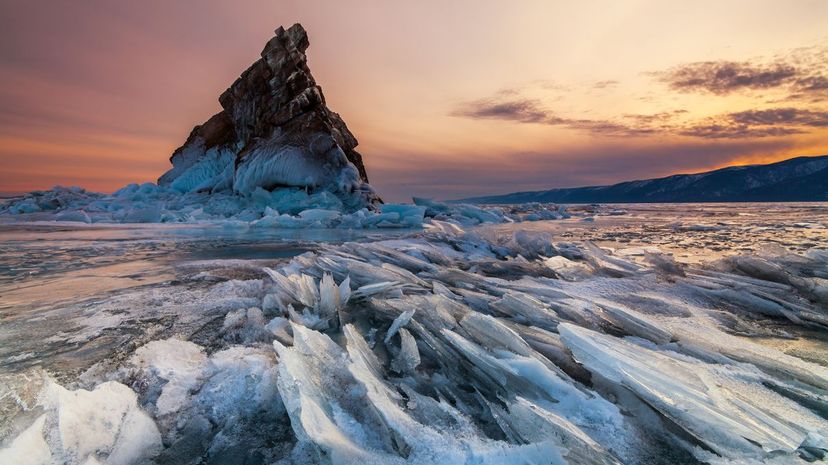
Advertisement
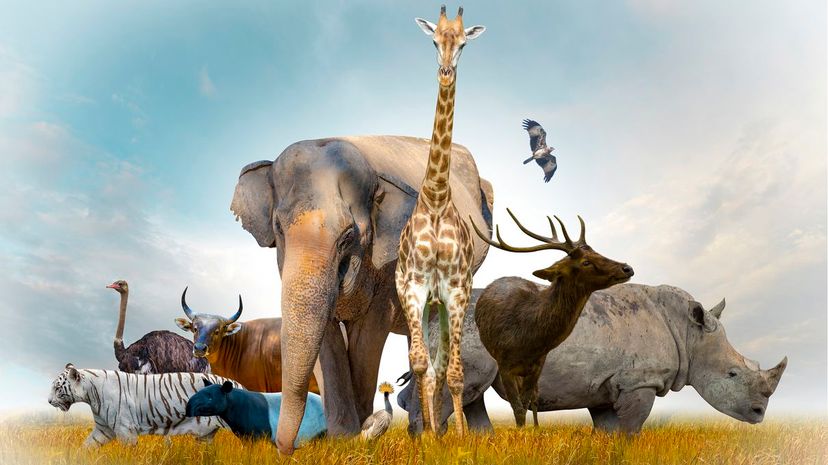
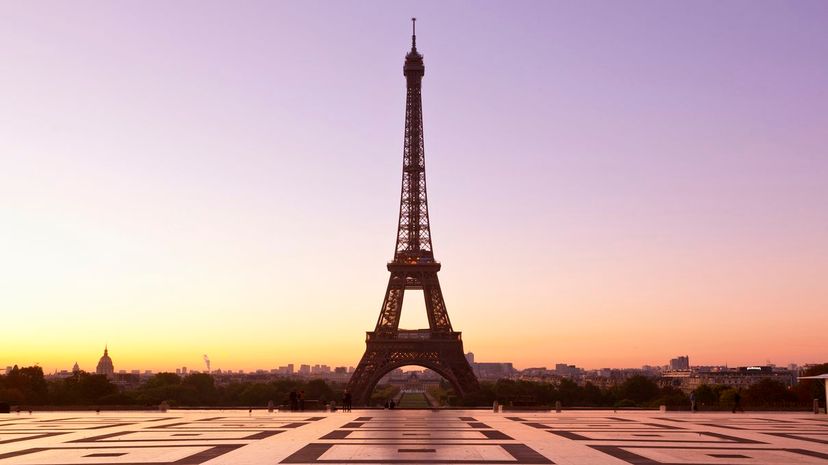

Advertisement
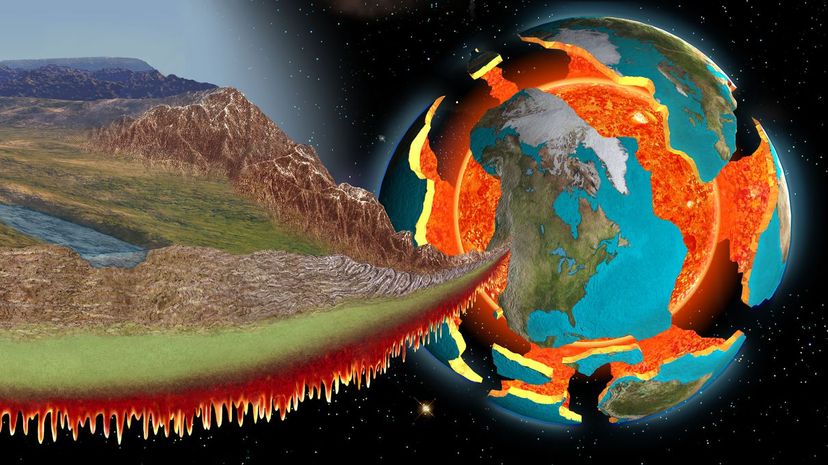

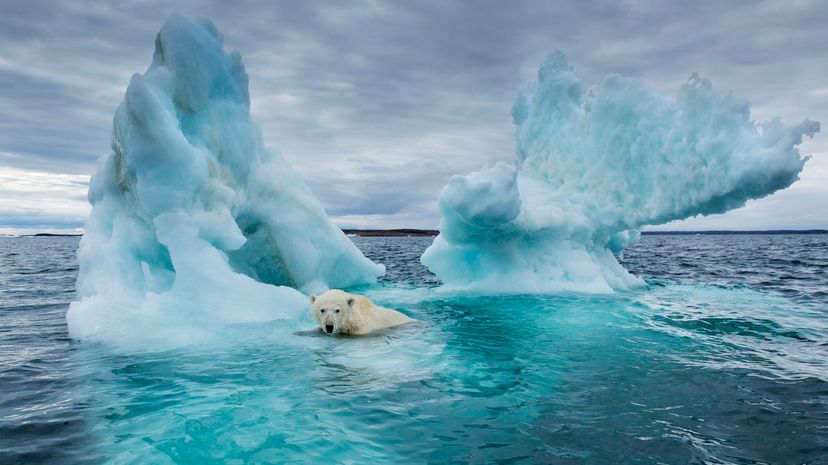
Advertisement

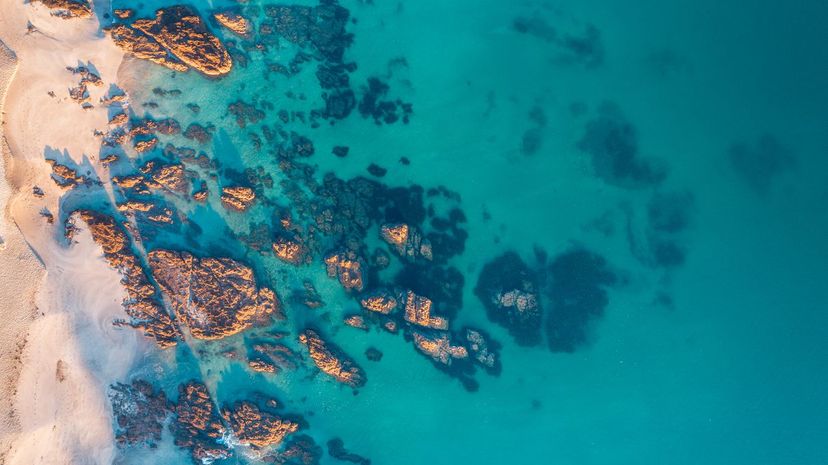
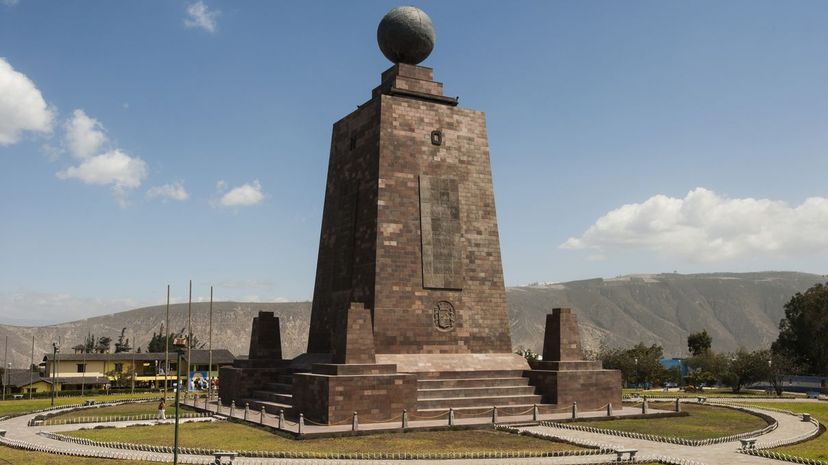
Advertisement
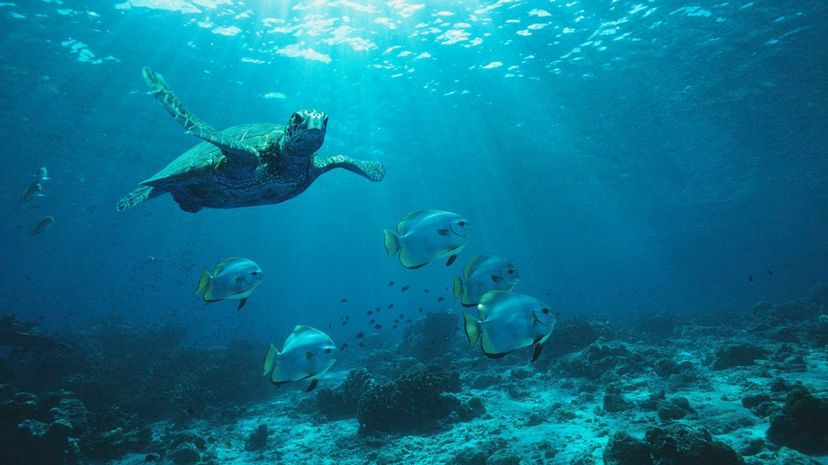
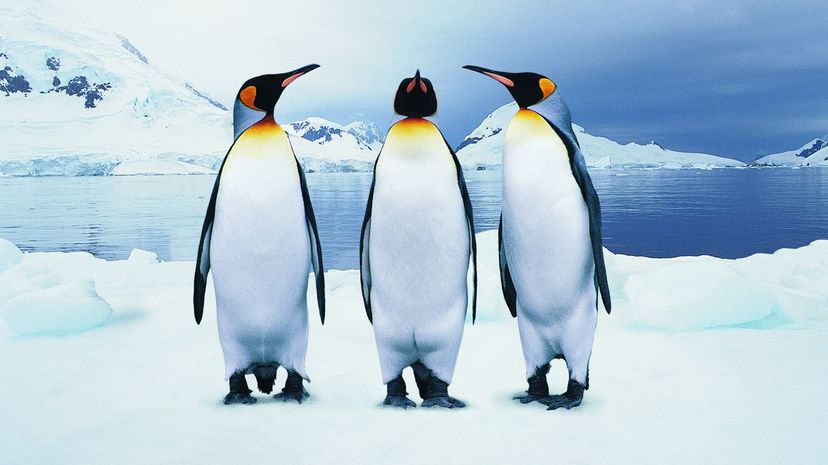

Advertisement
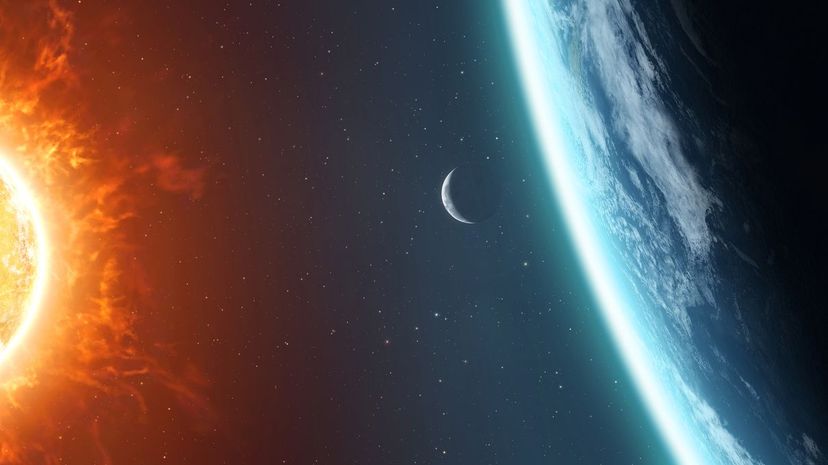


Advertisement
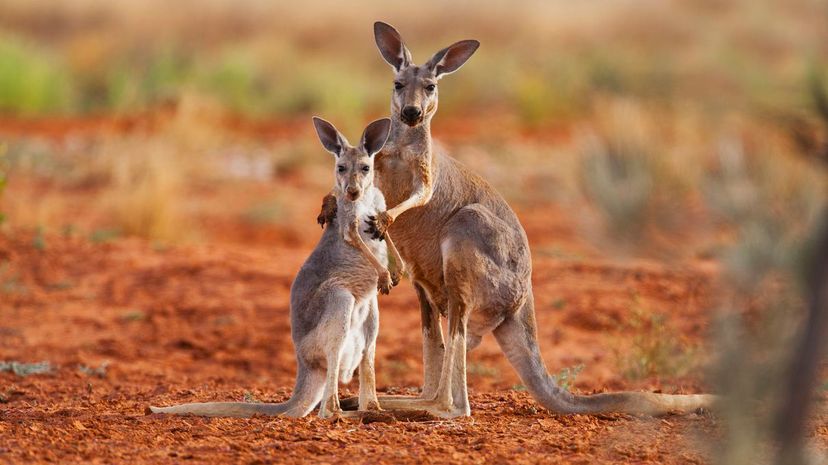

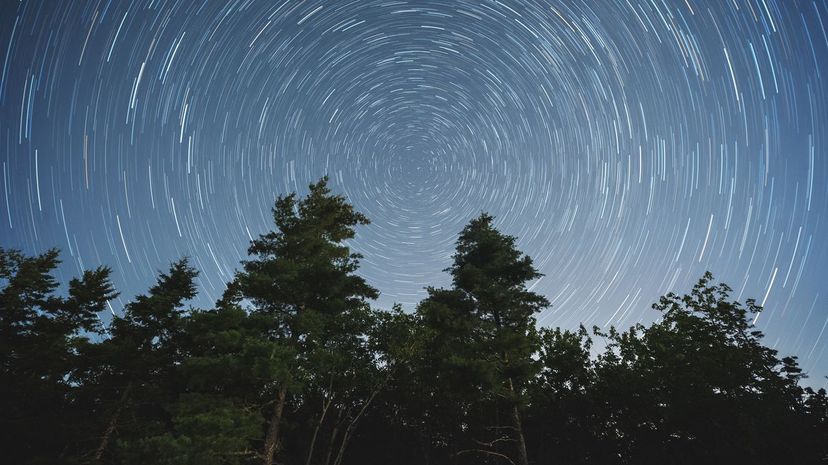
Advertisement


Advertisement
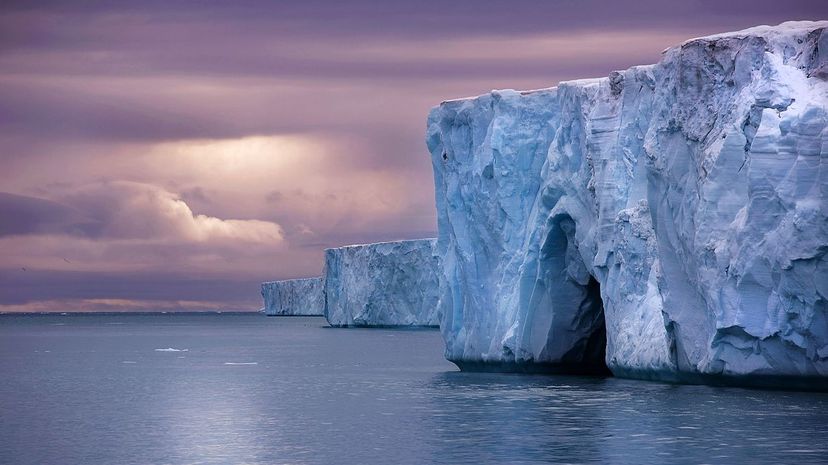
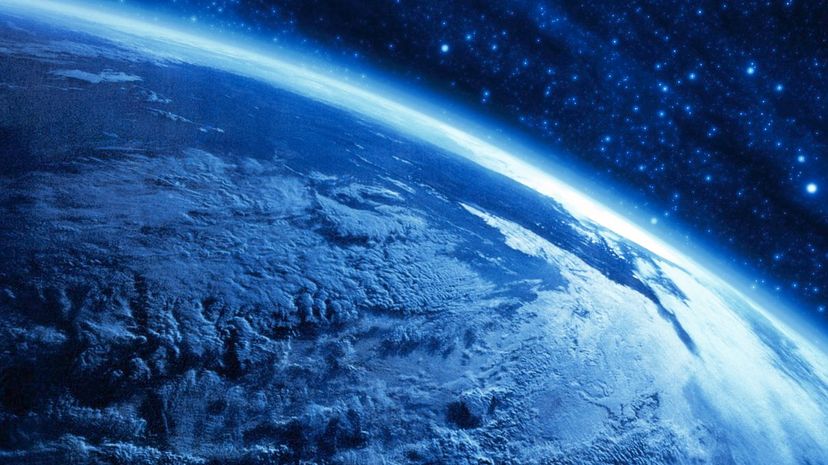

Advertisement
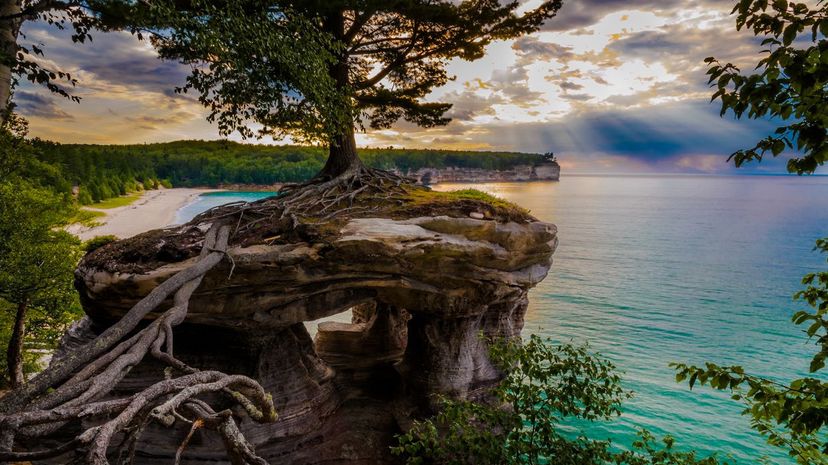
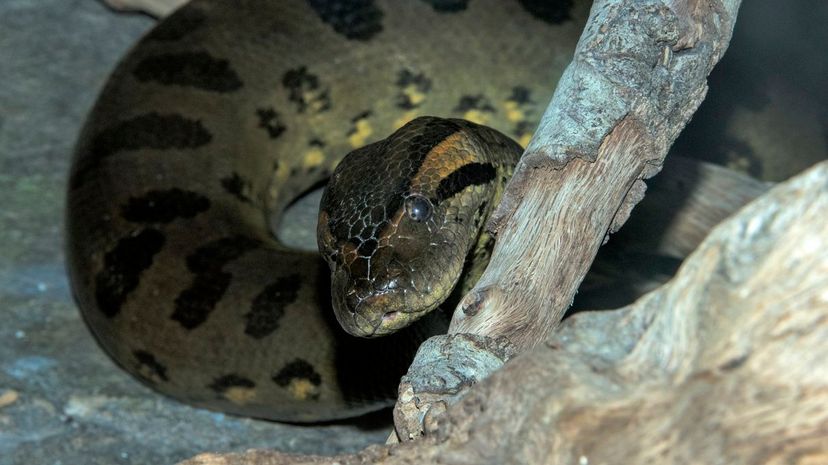
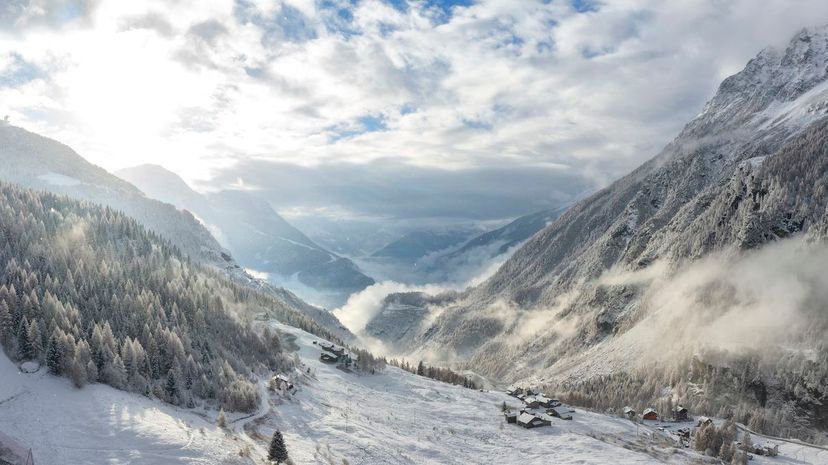
Advertisement

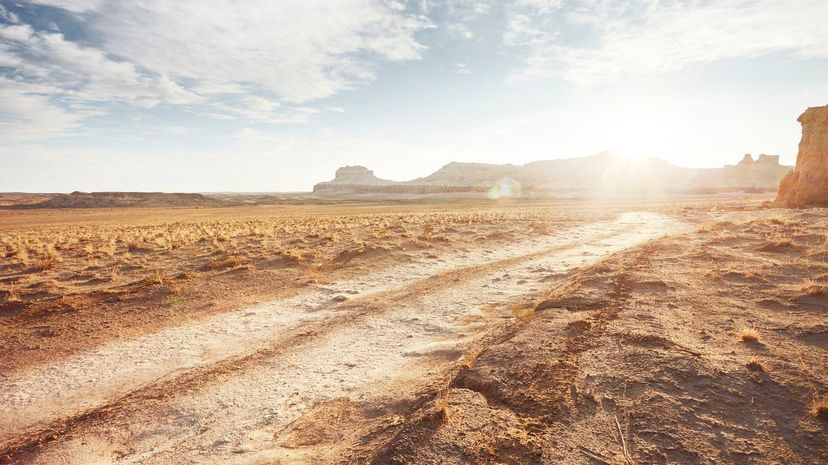
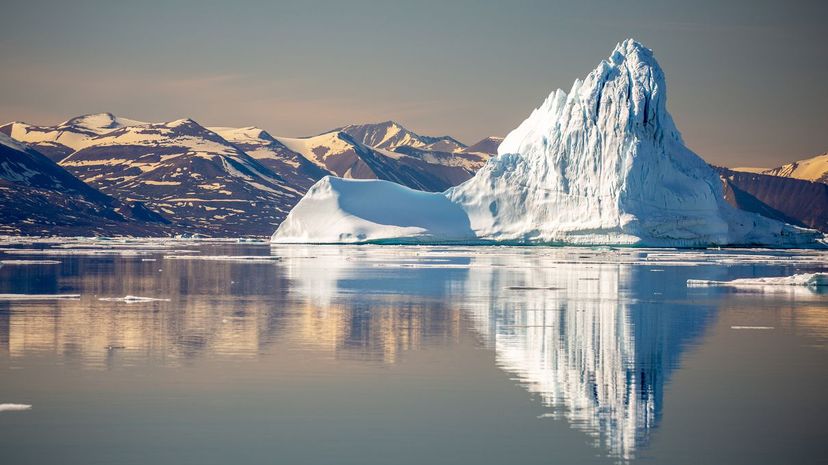
Advertisement
